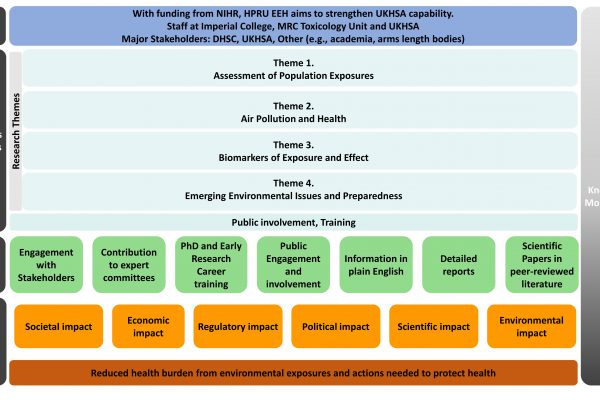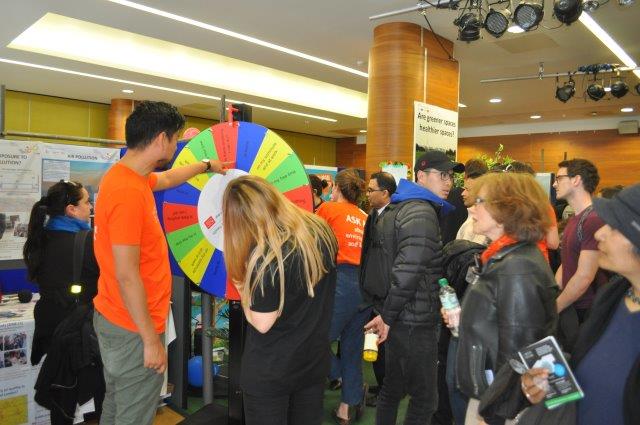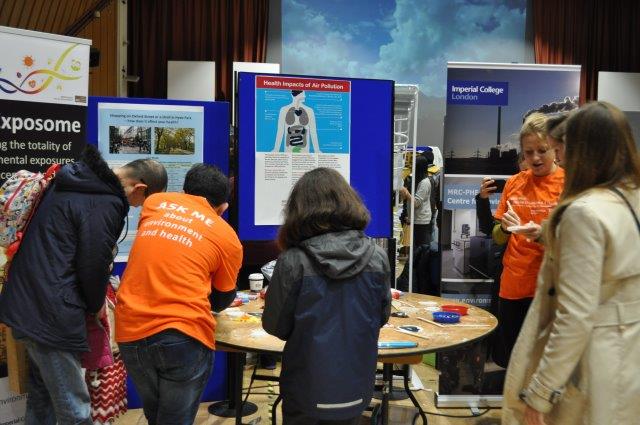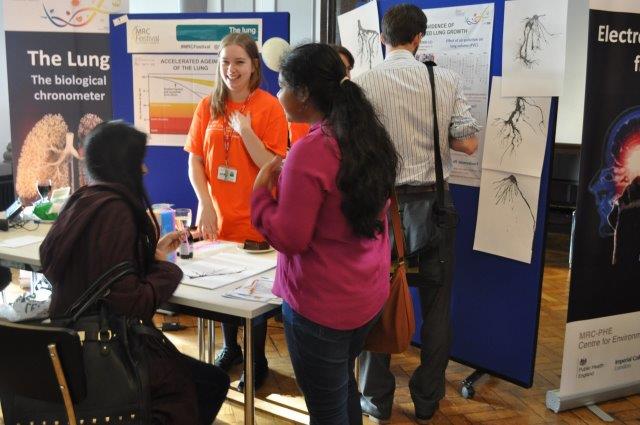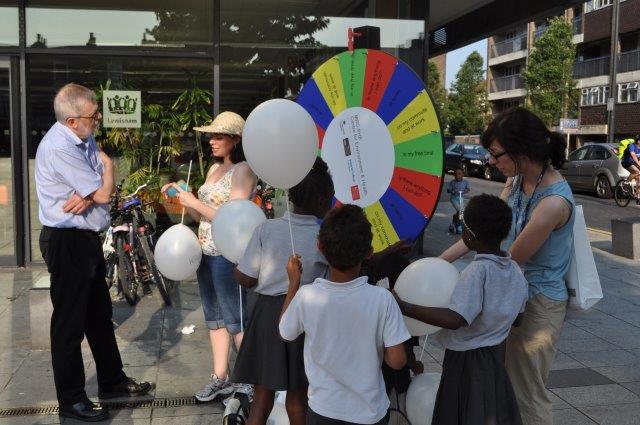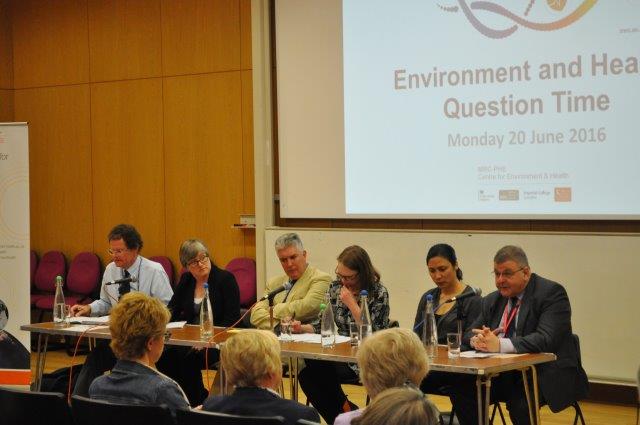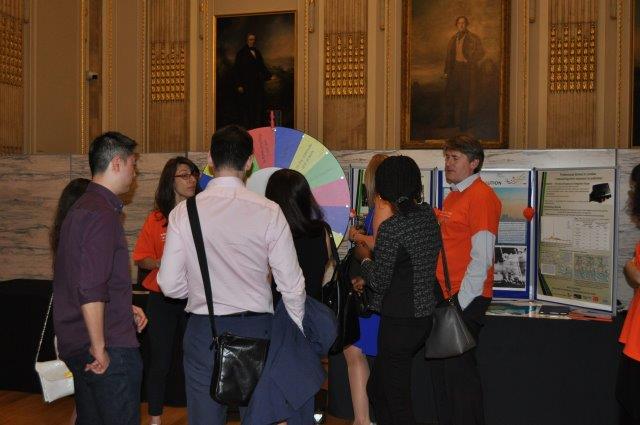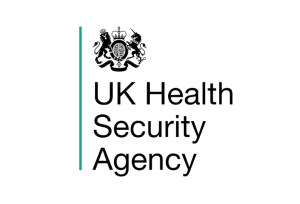Welcome
Welcome to the National Institute for Health and Care Research Unit (NIHR HPRU) in Environmental Exposures and Health at Imperial College London.
This HPRU is a partnership between Imperial College London and the UK Health Security Agency, in collaboration with King’s College London and the MRC Toxicology Unit, Cambridge.
We have strong links with the Chemical and Radiation Threats and Hazards HPRU and the MRC Centre for Environment and Health and to ensure we operate as a highly collaborative matrix, analogous to the UK Health Security Agency’s multi-functional, single-agency model, we have created a Joint Steering Committee, Training Programme Committee, Public and Community Involvement, Engagement and Participation Committee and Public and Community Oversight Group.
This HPRU brings together our expertise in air quality measurement and modelling, exposure assessment, conducting large-scale epidemiological studies, biomarkers and disease mechanisms and chemical toxicology of fibres and particles to produce the scientific evidence needed to support the effective protection of the population from these environmental hazards.
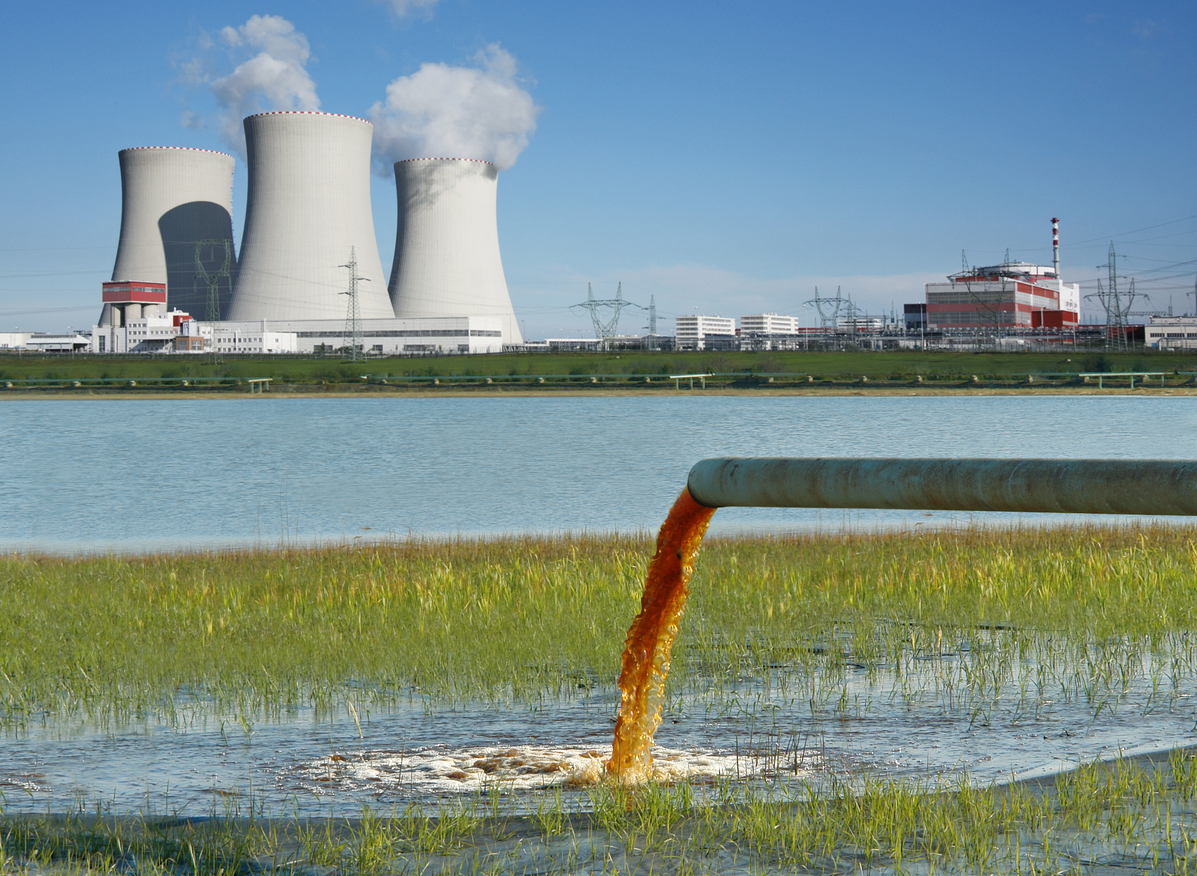
Mission
The mission of this HPRU is to undertake the highest quality research on the health effects associated with exposure to a range of environmental pollutants, including those in the ambient and indoor settings. Our aims are to improve the understanding of the distribution, determinants and pathways linking these exposures to health effects, to provide scientific evidence that will impact directly on public health practice and policy, and to train the next generation of research leaders in environment and health.
Research
The research programme is organised into four complementary themes focusing on furthering understanding of the risk of ambient and indoor air pollutants on health, by examining a range of adverse endpoints in specific population subgroups (e.g. adverse birth outcomes and cognitive function in school children) and in specific locations (indoor, homes and offices, transport micro-environments including the London Underground).
In addition, we will look at emerging exposure issues including e-cigarettes, microplastics, illicit and herbal drug use and brake and tyre wear toxicology.

Theme I - Challenges
1. What are the exposures to toxicants from all environmental sources and consumer products in different populations?
2. Can models be developed to predict exposure?
3. What is the public perception of risk from these toxicants and how are potential risks best communicated?
Theme III - Challenges
1. What biomarkers emerge following acute exposure to different air pollutants and do they discriminate between different sources?
2. Are non-exhaust PM emissions (brake, tyre and road wear) of toxicological relevance and what are the relative toxicities of exhaust PM and NO2?
3. What are the relative toxicities of e-cigarette components?
Theme II - Challenges
1. What are the impacts of air pollution on birth outcomes, cognitive development, mental health and dementia in later life ?
2. What are the impacts of traffic related air pollution on school children’s neurodevelopment and overall health and to what extent does the ULEZ mitigate against any adverse effects ?
3. What, if any, is the impact of air pollution on the London Underground?
Theme IV - Challenges
1. Do microplastics have detrimental human health effects?
2. What are the potential health consequences of waste fires on local populations?
3. What are the health impacts of living near biomass electricity generating installations or being exposed to waste fire emissions?
Latest News
-
Hampstead Heath ponds where dogs swim contaminated with pesticides
Posted on August 11, 2024Continue readingDr Leon Barron, Environmental Research Group, Imperial College London, co-leads work on evidence that pesticides found in ponds. are harmful to dogs reports The Times and The Standard.
-
How can action to tackle climate change improve people’s health and save money?
Posted on August 9, 2024Continue readingProfessor Frank Kelly and Dr Kate Simpson from the Environmental Research Group contribute to the briefing on how we can tackle climate change and save NHS money.
-
What are the health effects of wildfires and how can I protect myself?
Posted on August 1, 2024Continue readingProfessor Frank Kelly provides an understanding of the health impacts of wildfires.
-
Quantum hubs and R&D ecosystem: News from Imperial on WellHome Study
Posted on July 26, 2024Continue readingThe WellHome Study features in Imperial News outlining it’s crucial as part of the UK’s research and development (R&D) ecosystem. Find out more here.
-
NIHR Blog features Knowledge Mobilisation Theory of Change
Posted on July 18, 2024Continue readingThe NIHR Blog has featured our very own Knowledge Mobilisation ‘Theory of Change’ as good practice on their website.
-
WellHome Study featured in recent (CaSE) report
Posted on July 18, 2024Continue readingThe WellHome study has been featured in the recent Campaign for Science and Engineering (CaSE) report on benefits of University R&D. You can download the report here.






